Pan Global Resources: An Island In A Sea of Deposits
For the resource fund, we routinely meet over 300 companies a year; rarely has any company captured our attention like Pan Global Resources (TSXv.PGZ). We recently travelled to southern Spain, host to some of the largest Volcanogenic Massive Sulphide (VMS) deposits in world, to visit PGZ’s Escacena project. The project is located in the Iberian Pyrite Belt (IPB), an area 250 km long and 60 km wide extending from Seville, Spain to Southern Portugal. The IPB has been explored since the Roman Empire and is littered with clusters of mines, but what is unique about PGZ’s project is that it is an island within this belt that has had little to no exploration until PGZ acquired the ground and made the La Romana discovery.
A key part of the site visit was acquiring a deeper knowledge of the potential at the property for additional VMS deposits. The main targeting tool for discovering VMS deposits in the IPB is geophysics, specifically gravity surveys. Gravity surveys allow exploration companies to measure different densities below the surface – ideal for these types of deposits – that are essentially dense masses of sulphide rich ore (significantly denser than surrounding rocks) compared to other deposits such as copper porphyry deposits where mineralization is disseminated over a larger area. Figure 1 highlights the multiple untested gravity anomalies that PGZ will be drilling later this summer. We feel highly confident that they will make another discovery based on the work that has been completed so far and the team’s distinct knowledge of the region. Management also took us on a tour of the belt showing us the consistent clustering nature of VMS deposits (Figure 2). A well-known fact, which we witness firsthand is that in the IPB, VMS deposits occur in clusters. Typically, where you have one deposit, you are highly likely to find additional deposit. As mentioned, PGZ has multiple gravity anomalies and not all will be deposits, but more than likely at least one of them will be.
We also spent a significant amount of time with the management team and came away notably impressed. The team is led by Tim Moody (President & CEO) who has over 30 years of experience, a large part of that in the IPB, with a number of discoveries under his belt. He spent 24 years working for Rio Tinto, one of the largest mining companies in the world, and applies the same detailed exploration approach at Escacena. Similarly, Jim Royall (Vice President Exploration) has an extensive background in exploration but more importantly has been living in Spain for years and understands the local nuances that typically many foreign management teams fail to understand resulting in local unrest. However, in the south of Spain (Figure 2) towns are built adjacent to mines and mining is regarded very favourably. The sociopolitical risk has always been a concern for us; however, the site visit has mitigated many of those concerns based on the support witnessed for mining in the jurisdiction.
“This means that” we can’t stress the importance of site visits that allows investors to acquire a much better understanding of jurisdictions and the geology of the region, competence of the management team, and the sociopolitical risk. This site visit checked all the boxes for us in terms of property evaluation, furthered our conviction in the story, and now we look forward to the upcoming round of drilling and potential for new discoveries.
Figure 1: Escacena Project highlighting initial La Romana discovery and additional untested gravity anomalies outlined in yellow. Note, the La Romana discovery was made by drilling a gravity anomaly as is the case for the majority of deposits found in the Iberian Pyrite Belt (Aznalcollar and Los Frailles adjacent deposits). Escacena property boundary is highlighted in dashed white line.
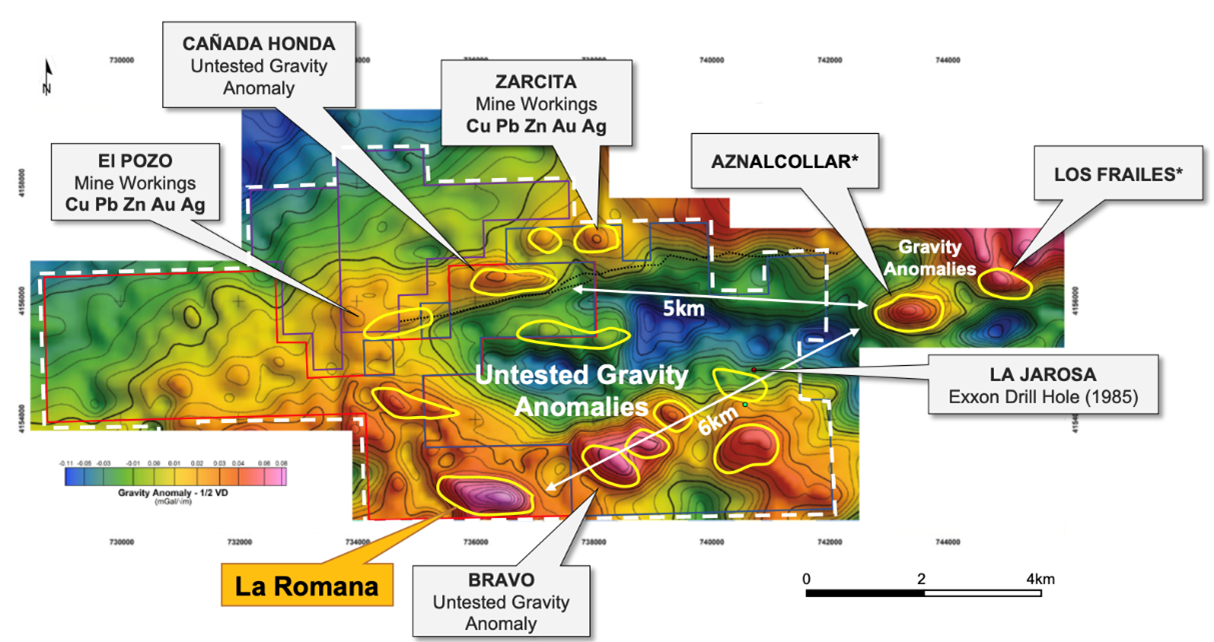
Figure 2: Aerial view of the cluster of open pit VMS deposits in Tharsis. Note the upper pits are ~200 m apart and the southern pit is ~650 m away.
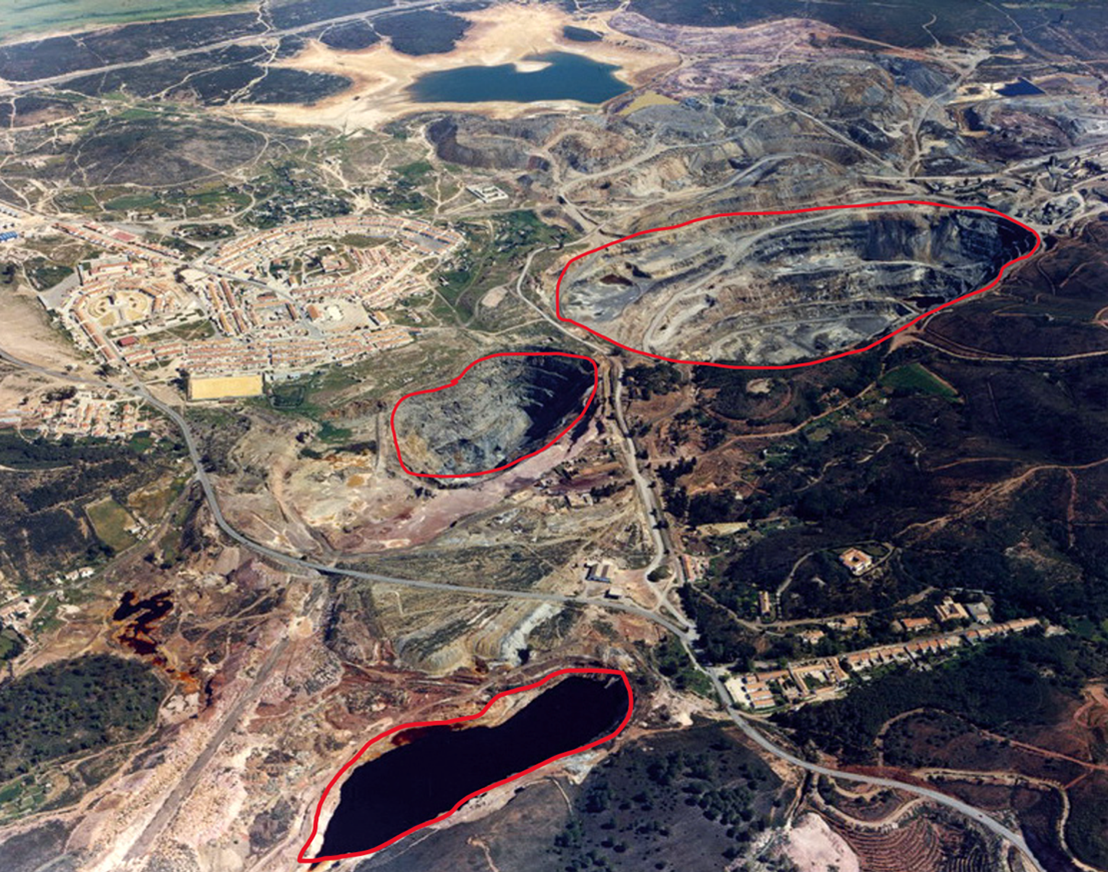
Figure 3: Shows native copper intersected in core.
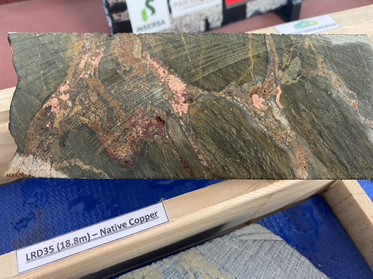
Figure 4: Highlights the stockwork chalcopyrite veins which typically make up the bulk of the tonnage in VMS deposits.
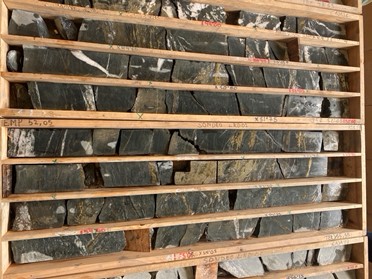
Figure 5: PGZ management, guests and Rob Ballard (PAML Resource Fund and Partners Fund portfolio manager) going over recent drill core to get a better understanding of the mineralization and alteration.
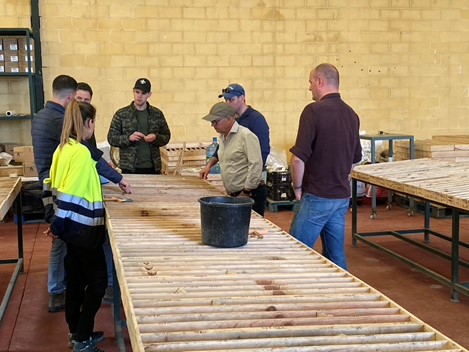
National Instrument 31-103 requires registered firms to disclose information that a reasonable investor would expect to know, including any material conflicts with the firm or its representatives. Doug Johnson and/or Pathfinder Asset Management Limited are an insider of companies periodically mentioned in this report. Please visit www.paml.ca for full disclosures.
*All returns are time weighted and net of investment management fees. Returns from the Pathfinder Partners’ Fund and Partners’ Real Return Plus Fund are presented based on the masters series of each fund. The Pathfinder Core: Equity Portfolio and The Pathfinder Core: High Income Portfolio are live accounts. These are actual accounts owned by the Pathfinder Chairman (Equity) and client (High Income) which contain no legacy positions, cash flows or other Pathfinder investment mandates or products. Monthly inception dates for each fund and portfolio are as follows: Pathfinder Core: Equity Portfolio (January 2011), Pathfinder Core: High Income Portfolio (October 2012) Partners’ Fund (April 2011), Partners’ Real Return Plus Fund (April, 2013), and Partners’ Core Plus Fund (November 2014).
Pathfinder Asset Management Limited (PAML) and its affiliates may collectively beneficially own in excess of 10% of one or more classes of the issued and outstanding equity securities mentioned in this newsletter. This publication is intended only to convey information. It is not to be construed as an investment guide or as an offer or solicitation of an offer to buy or sell any of the securities mentioned in it. The author has taken all usual and reasonable precautions to determine that the information contained in this publication has been obtained from sources believed to be reliable and that the procedures used to summarize and analyze such information are based on approved practices and principles in the investment industry. However, the market forces underlying investment value are subject to sudden and dramatic changes and data availability varies from one moment to the next. Consequently, neither the author nor PAML can make any warranty as to the accuracy or completeness of information, analysis or views contained in this publication or their usefulness or suitability in any particular circumstance. You should not undertake any investment or portfolio assessment or other transaction on the basis of this publication, but should first consult your portfolio manager, who can assess all relevant particulars of any proposed investment or transaction. PAML and the author accept no liability of any kind whatsoever or any damages or losses incurred by you as a result of reliance upon or use of this publication.